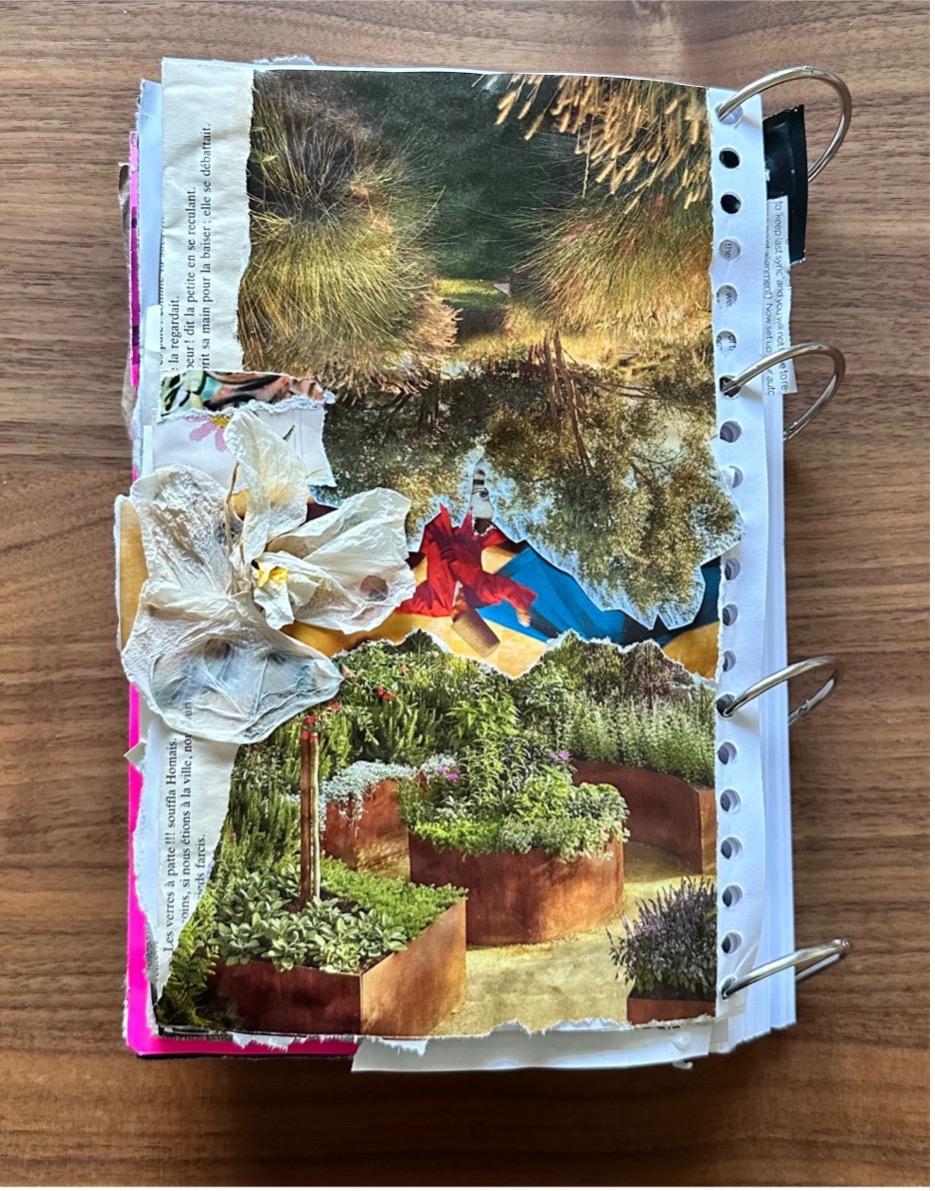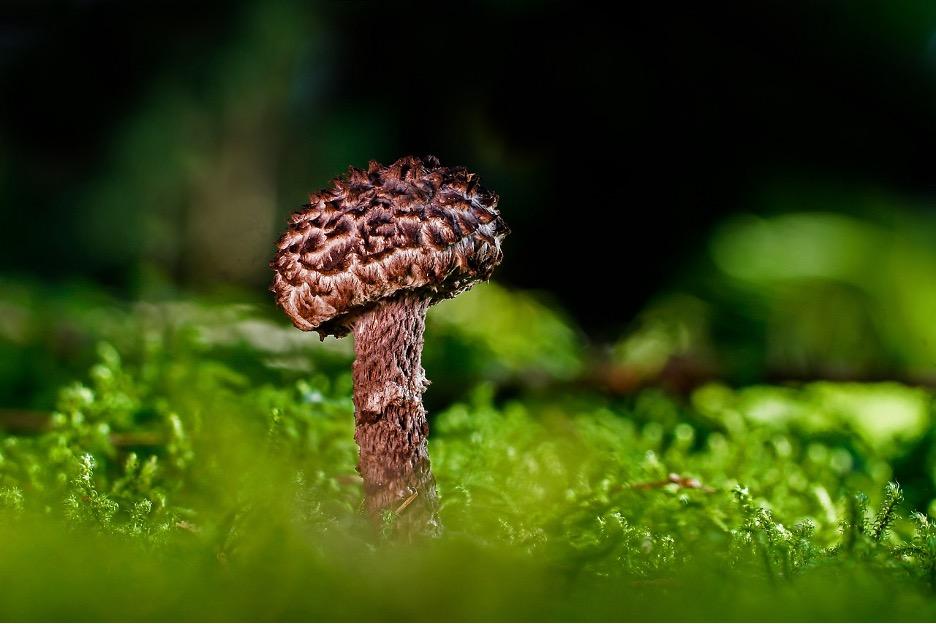|
A Brief Encounter with an American Pika Animals are wonderful teachers. A brief encounter with the American Pika sparked my curiosity about what this small but resilient creature could teach me about my ability to adapt to the changing environment on Earth. In late September, my husband, son and I set out for a 3-day backpacking trip out of Convict Lake, in the Sherwin Range of the Sierra Nevadas in California. We’d planned to camp our first night in the Owens Valley, but poor air quality made it inadvisable. The small towns on this stretch of Highway 395 know all too well the long term economic and health effects of yearly droughts and fires. In August, the Caldor Fire burned over 200,000 acres (including more than 1,000 structures), threatened Lake Tahoe, filled the Owens Valley with smoke, and precipitated a month-long National Forest closure. At the time of our trip in September, the KNP Complex Fire threatened the ancient trees in Sequoia National Park and Kings Canyon, and was the source of the eerie orange sky that reduced visibility and made it hard to breathe. To avoid the smoke, we drove another 100 miles to gain elevation. We arrived at the Mammoth Lakes campground (8600’) close to dark and quickly ate a meal before diving into our tents for warmth. That night, an unseasonable cold front dropped temperatures into the 20s. The winter-like gusts whipped across the lake and through the grove with such a roar that we didn’t hear mama bear and her cubs open the unlocked bear box to eat the neighbor’s sweet bakery items. The next morning, the air quality was much improved so we decided to go forward with the trek. I tell you all this because even though we thoughtfully prepared for this trip, studied maps, secured wilderness permits, and checked weather, a lot of what we were faced with required us to adapt to new circumstances. So much is out of our control; being flexible isn’t one of them. Animals are attuned to their environment because they are their environment so adjusting to what presents itself is part of their survival skills. We are our environment too, but we’ve forgotten and separated ourselves with walls, roofs, cars, and technology. We could learn a thing or two from our animal kin who seem to be problem solving in response to climate change. We might not like it when bears ransack campgrounds and enter mountain homes but you’ve got to hand it to them for finding high caloric food on a regular basis!  Convict Creek Trail gains a lot of elevation in a short distance. My husband and son seemed well suited for the challenge, more like mountain goats traversing a wall, compared to the two-legged slogger that I was with my too heavy pack and sea-level lungs. But no incline could overshadow the beauty of this particular place with its steep slopes, towering boulders, rushing creek, high meadows, aspens in autumn performance, and a full surround of dramatic peaks including Mt. Morrison (12,000’) and the flows of Sevehah Cliff. Every night at the earliest sign of dusk, when the temperature dove, I’d crawl into the tent, utterly exhausted, and not emerge until first light the next morning. I needed the rest and my body was doing its best to adapt to the challenge. At dawn, on the last morning of our trip, my son Nick said the light was perfect at the edge of the lake so I wandered off to investigate. On the map, Lake Dorothy looks like a teardrop and I was standing at the point. From there, I could see the farthest side of the lake and all 147 acres of glass-like water that is home to brook and rainbow trout. I couldn’t get over how the lake held the entire scene of mountains, trees, and sky in her reflection. I was part of this scene too and felt a real belonging. Without a camera, I was free to listen and observe as a way to tune my senses to the unfolding morning. At 10,000’, Lake Dorothy is considered an alpine lake. Her clear water is bordered by talus and scree that is mostly slate grey and garnet red. Coniferous and deciduous trees line one side of her, but where I stood, it was all tumbled rock. In the stillness of heightened awareness, my peripheral vision caught a flash of movement. I remained motionless so that I wouldn't interrupt the scurrying and darting of the nimble rock traveler. Except for the bald eagle on our first day and the nearly invisible ventriloquist-like chipmunks, we hadn’t seen much else, so I was excited to be in her presence. It’s the first American Pika I’ve ever seen and I knew she was my teacher for the brief encounter. American Pikas are part of the lagomorph family, which includes hares and rabbits. They weigh between 3 and 5 ounces, with small rounded ears, no tail, and the ability to survive harsh winters without hibernating or migrating. They are industrious and hardworking. During spring, summer and fall, they prepare for winter by collecting and stacking as much plant material as they can because they know, at some level, that the long months of winter means slim pickings. Their three-season collection serves two purposes: a generous pantry and lifesaving insulation. A quick search on the American Pika will produce an array of articles about their preciousness, declining numbers, and call for immediate conservation. It’s believed that pikas don’t do well at temperatures over 78 Fahrenheit, which means that with rising temperatures, their futures could be jeopardized. If pikas have to climb higher in elevation to seek cooler temperatures, it might mean that they’ll eventually run out of mountain and food. Arizona State’s Professor Andrew Smith has been observing the pika for over 50 years and says they are adjusting. Scientists have observed them foraging at night, thriving in habitats and climates that aren’t historically theirs, and changing typical behaviors that make them less detectable to intruders and predators. This feels a lot like hope.  The chance encounter with the American Pika was a gift. From that moment, I’ve been considering the practice of adaptability. We are not in control of the changes occurring on the planet, but we can remain light on our toes, quick in our thinking, and awake to our environment if we hope to maintain good health and a long life. We already do this to some extent. Aging requires us to adapt to our new strengths and weaknesses. Illness or physical trauma helps us reprioritize what is most important. Losing a loved one, a job, our home, etc. demands from us a new learning. We are adaptation specialists and so, apparently, is the American Pika. I invite you to explore the programs offered through the Olympic Mountain EarthWisdom Circle (OMEC). Each of these programs encourage a sacred and responsible relationship with the Earth, supporting us to move wakefully through personal and planetary change. From my heart to yours, Christina Burress OMEC Board Member Photo credits: #1 by Nick Burress, #2 by JD Burress, #3 by Frédéric Dulude-de Broin |
Details
Archives
June 2024
Categories |


 RSS Feed
RSS Feed
